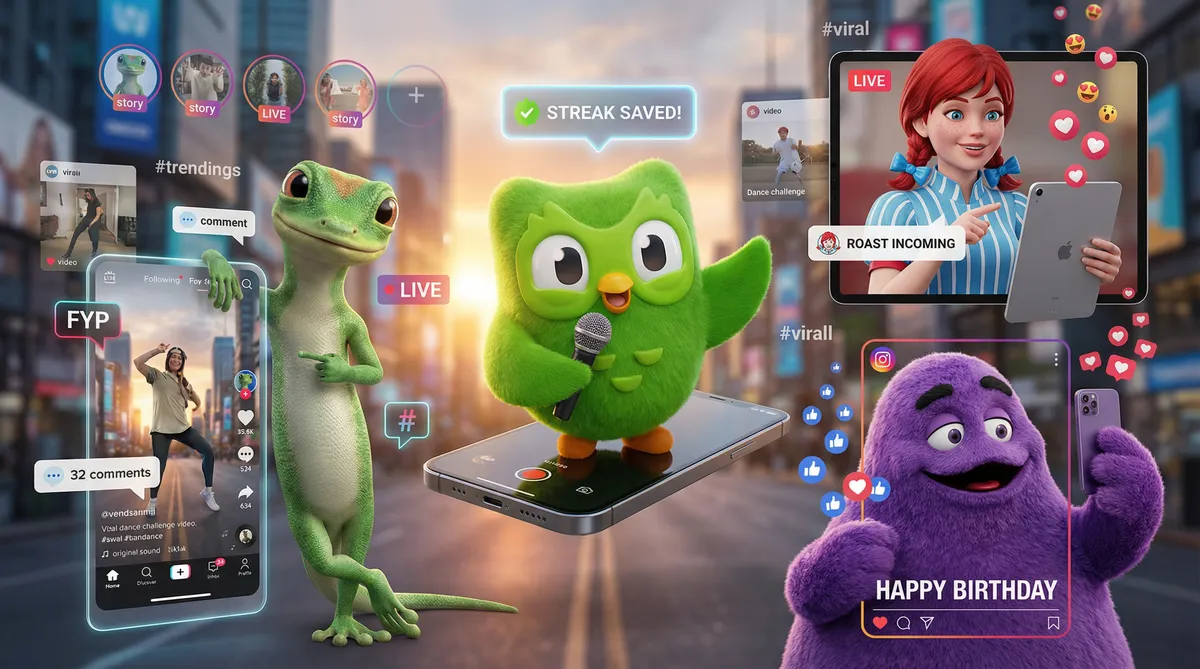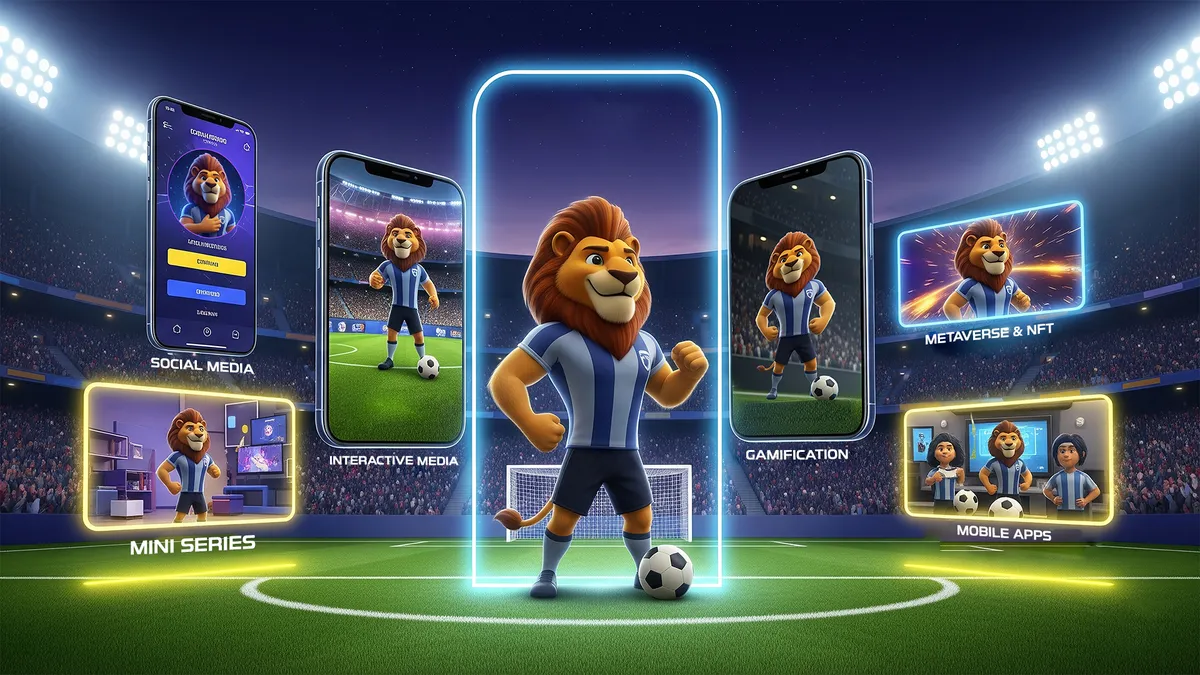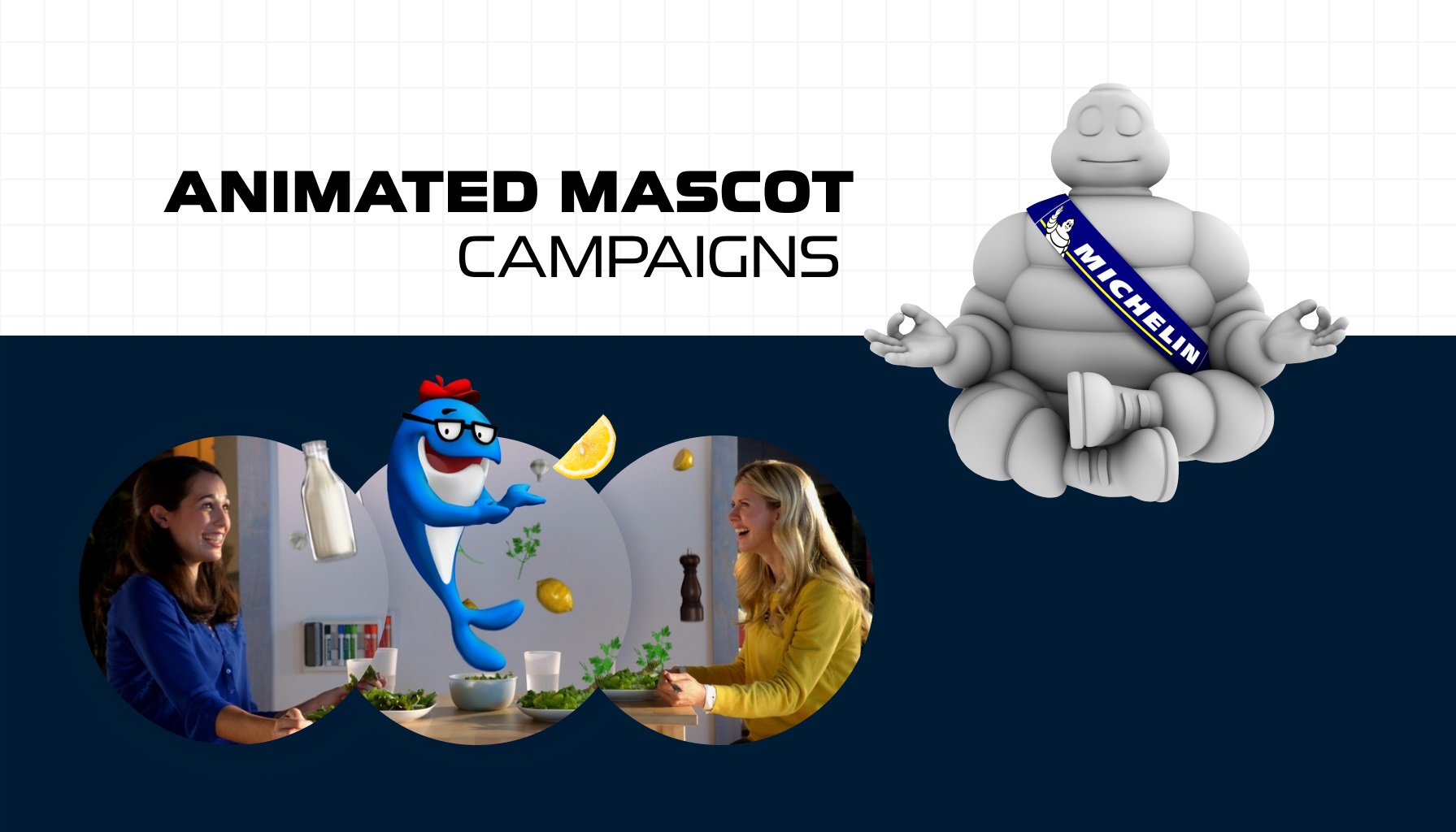
Regardless of your industry, there has always been tons of competition, and everybody strives to get ahead of others by using their tools for their survival. So, when customers are getting bombarded with ads and promotions, you won’t cut through the noise with just a “corporate, faceless” product. You need a way to penetrate people’s emotions and let them bond with your brand That’s what iconic brands have done through animated mascots campaigns, and that’s why you know Planters Mr.Peanut so well and probably can’t even remember some of its competitors right now.
But what’s the difference between a mascot and an animated one? First, it helps to have a solid grasp of what brand mascots are in their basic form. They begin as a character design, but they truly come to life and connect with audiences when you bring them to life with animation.
Marketing, Animation, and Storytelling: A Winning Combination
Animation is what allows you to breathe life into the brand mascot. It works so well because, with animation, you can customize the mascot’s looks, infuse it with a distinct personality, and come up with a captivating visual story that resonates with your target audience.
As human beings, anthropomorphism (Giving human traits to objects) is rooted deeply in our DNA, signifying that when we see a cartoonish figure with a relatable personality and backstory, we’re bound to form an emotional bond with it and the brand it represents. That is why you are familiar with the stories of Michelin Man, Mickey Mouse, and Tony the Tiger and your feelings for each of their respective businesses. It’s not about the product. Because animated mascots perform so well with various marketing methods, from TV commercials to Instagram and TikTok, you can see these creatures everywhere.
The Impact of Animated Mascots on Building Brand Affinity
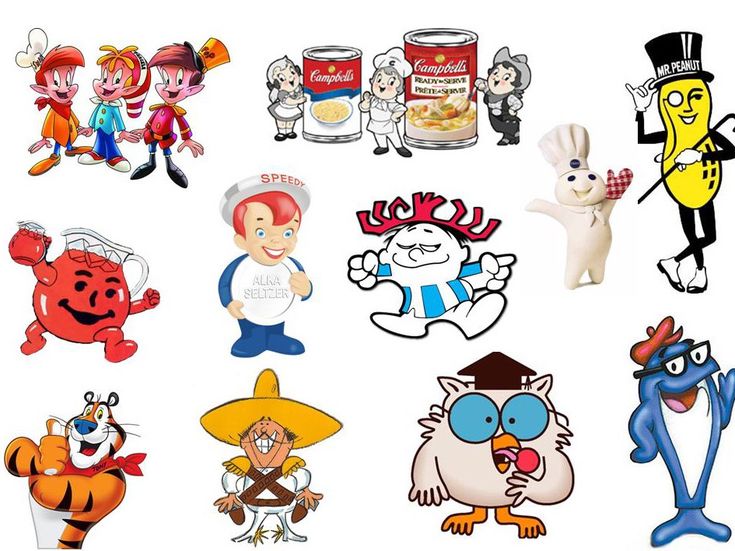
Animation mascots can change the relationship with customers. Here’s how:
Brand Storytelling with Animated Characters
Emphasizing the significance of your brand is something which is absolutely crucial. It not only tells people what inspired you to create your brand, but it also lets them connect with your goals. It’s even more powerful with animation because it allows you to take the visual brand story to another level, adding more emotion and immersion. For example, The Budweiser Clydesdales have been featured in storytelling campaigns that evoke a sense of tradition, heritage, and quality, enhancing brand affinity through narrative building.
Showing Your Brand Identity & Tapping Into Emotions
There’s much more to a cartoon mascot than what’s visible at first glance. It’s like a representative for your company that shows the world its unique personality and spirit. For instance, a happy and nice mascot figure can give customers the idea that the business is warm and welcoming. These designs are great for making a lasting impression on your audience and setting yourself apart with a distinct voice and personality.
One of the best things about an animated mascot is that it can really connect with customers. Once you know your values and what customers need, you can craft an animated brand mascot that resonates with people. For example, Disney, whose primary audience is children, designed Mickey and Minnie Mouse with a kid-friendly personality. At the same time, a mascot like Wendy’s is more about tradition and warmth, showing people that the food is just like their moms’ home-cooked meal.

They are Timeless
No matter how old a person may be, animated mascots usually have something special that makes them appealing to people from different generations. When brands make mascots that appeal to people of all ages, they can build strong customer relationships. For example, M&M’s mascots have changed while maintaining their main qualities, which means that both older and younger people can relate to them.
Relevance and adaptability
By showing cultural diversity and reaching out to people of all ages and genders, animated mascots help build a stronger brand personality that everyone can relate to. When brands use mascots to honor and respect cultural differences, they show that they understand their broad customer base. Toyota’s cartoon penguin mascot in Japan, Michi, is a good example of how adding cultural aspects to a brand can make people more loyal to that brand in niche markets. Making a brand mascot is the first step in running a successful animated mascot campaign that shows how it affects people.
If you’re thinking about adding a mascot to your communication plan, our team is here to help.
With over 10 years of experience and the development of more than 2,500 characters, we’ll guide you through every step to unlock the full potential of your new team member!
Learn more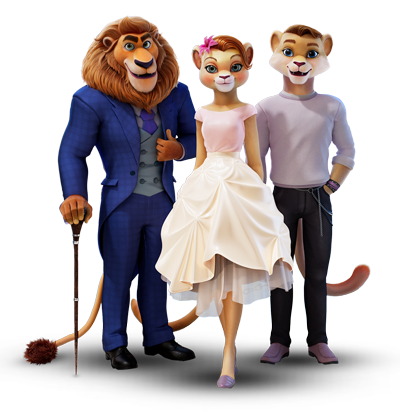
Design Techniques for Creating Compelling Animated Mascots
To create a suitable mascot that speaks to your customers and brand values, you need a touch of animation expertise and insight into your customer needs. There are certain measures that you should constantly keep in mind, which we will describe in the following paragraphs.
The Importance of Mascot Diversity
Any organization needs to know about the different kinds of mascots. Mascots come in many forms, such as cartoon personalities, animals, and humans. Each one can make customers feel a different way. Beyond being entertaining, mascots play a role in helping individuals remember a brand. The more people learn about the many mascots and their meanings, the more they can identify with their favorite businesses and take pleasure in becoming advocates.
Design Techniques and Visual Identity
When creating a brand character, it’s essential to bear in mind the company’s brand structure and replicate marketing components like the logo, colors, and other visual features into the animated mascot. Design techniques such as bold color choices, memorable shapes, and defining features contribute to a visually distinctive mascot. The Michelin Man’s distinctive tire-like body and friendly demeanor exemplify a mascot with a distinct visual identity.

Work on the Personality
Animated mascots need to have dynamic character designs in order to connect with the audience on an emotional level. Body language, movements, and facial expressions are important for showing the mascot’s attitude and feelings. You can use techniques like exaggeration, squash, stretch, and dynamic movements to make the character more animated. The Energizer Bunny’s energy that can’t be stopped is shown through its lively and active form.
Giving your mascot a specific tone of voice can also help people trust your company and build the credibility of your brand. It also makes the connection between your business and the audience much stronger. Of course, remember that the voice should match the character unless you’re going for something funny and weird.
The Power of Storytelling
The basis of an effective brand mascot is a unique story and an abundance of background information. Using visual storytelling elements like symbols and a recurring theme in the mascot’s design is important for turning it into a powerful story engine. Individual M&M’s characters show how clear personalities and stories can improve mascot design, making each character memorable and exciting.

Leave Room For Growth & Change
Designing mascots with adaptability in mind lets them evolve over time, remaining relevant while appealing to changing consumer tastes. Factors for various revisions, seasonal adaptations, or special campaigns should be part of the design strategy. The Pillsbury Doughboy’s ability to adapt its looks and expressions over the years shows the importance of effective design techniques for mascot evolution.
Tips for Successfully Implementing Animated Mascot Campaigns
Now that you have a mascot, it’s time to run a campaign. You don’t have to reinvent the wheel, just observe the most successful animated mascot campaigns and tweak them to your own brand. Here are several steps to follow:
Think About the Audience
Understanding your target audience is crucial for a successful animated mascot campaign. Consider the preferences and interests of your target audience. For instance, if you’re aiming at a younger demographic, like Wendy did with their sassy Twitter persona, tailor your mascot’s personality and messaging accordingly.
Visual Storytelling is Key
Without a shadow of a doubt, Storytelling is a crucial part of creating a connection between an animated mascot and customers. Businesses can showcase the brand’s distinctive traits and values by telling interesting stories involving the mascot. Once you have the story, you need to use different media channels.
Use the Right Channel
Promoting a brand image through various media is essential for getting more people to know about and connect with it. Businesses can use TV spots, paper ads, social media, and even product packages to showcase their mascot and make their brand more recognizable.
Integrate Interactive User-Generated Content into Your Campaign
Engage your audience through interactive campaigns that involve the mascot. Contests, challenges, or user-generated content can enhance participation and strengthen the connection with your brand. Let’s look at the Energizer Bunny from the “Energizer Keep Going® Hall of Fame.” Customers were asked to nominate people who were full of endless energy, which increased the effect of both the promotion and the mascot.
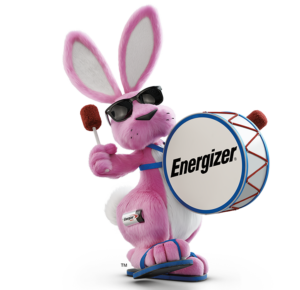
Stay Adaptable
Keep yourself informed of the latest trends in popular culture. This helps to keep your animated mascot advertising current and relevant. For example, the cooperation between Nike’s Air Jordan and Looney Tunes in the ‘Space Jam’ series was a strategic decision, using both companies’ popularity to connect with fans of sports and animation.
Measure & Adjust
Businesses should monitor several success indicators, including engagement, conversion, and recall, to determine the effectiveness of animated mascot campaigns. Once they have the data, they can identify room for improvement and proceed.
Real-World Examples of Animated Mascot Campaigns
Exploring successful animated mascot campaigns and taking inspiration from them has always been useful; while there are numerous examples for this scenario, we will discuss 3 of them, which are the most iconic animated brands’ mascots.
Mickey Mouse
Mickey Mouse is indisputably one of the most iconic animated mascots throughout history; it should come as no surprise that the predominant success of the Disney brand is due to Mickey Mouse’s design and animation. The character set the bar for animated icons with its simple but expressive design and cutting-edge animation techniques. Mickey Mouse’s continued success showcases how effective character design and animation can build a brand legacy over decades.
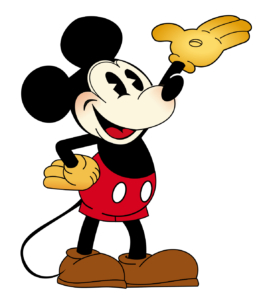
Michelin Man
The Michelin Man is a famous cartoon character shaped like a friendly tire. He has a simple but unique look, showing how important it is for a brand to be easily recognized. His popularity comes from how animation makes something ordinary, like tires, special, helping the brand be noticed and trusted.
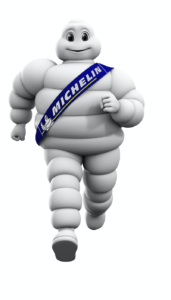
M&M’s
The M&M’s characters, each with their own personality, are a lively example of how animated mascots can help a brand do well. The bright and moving personalities of characters like Red and Yellow show how character design can help people remember a brand. Their silly exchanges in commercials and ads show how well animation can tell interesting visual stories. This makes M&M’s more than just a candy brand; it’s also a memorable and fun one.
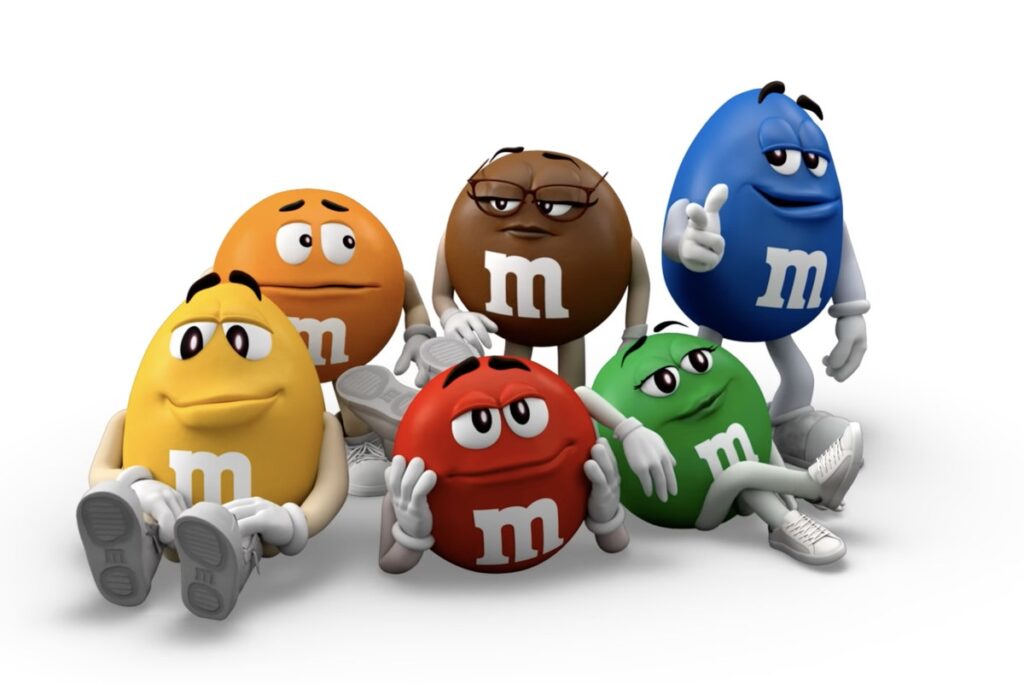
conclusion
As we’ve learned more about the exciting world of animated mascot campaigns, it’s become clear that these charismatic brand champions do a lot more than just entertain. They represent the true essence of a brand in a way that no other marketing strategy can. If you want to give your brand new life, connect with your audience more deeply, or stand out in a crowded market, Contact us at Dream Farm Agency, and we’ll help you create a character that takes your brand to a whole new level.
Poorya
